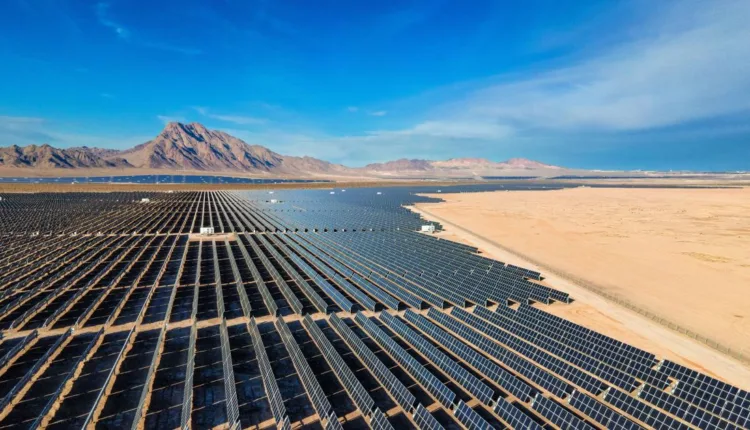
Five Climate-Related Points in Biden’s State of the Union Address
TL/DR –
The Biden administration is taking steps to limit carbon pollution from coal and gas power plants, which contribute to a third of the US carbon footprint. Additionally, it has proposed the toughest ever limits on carbon emissions from cars, pickup trucks, and heavy-duty freight trucks, considered the single largest source of carbon emissions. Biden has also hit pause on the approval of new terminals for exporting liquefied natural gas (LNG), countering misinformation that this will negatively impact the country’s near-term LNG exports.
Cutting climate pollution from the nation’s power plants
The Biden administration is working to limit carbon emissions from power plants, the second-largest source of carbon pollution. These plants contribute to roughly a third of the U.S. carbon footprint. New standards proposed last year aim to reduce this pollution.
The U.S. Environmental Protection Agency (EPA) confirmed it’s finalizing carbon limits for coal-burning power plants and new natural gas plants. These measures will lead to significant carbon reductions. However, the EPA has delayed limits on carbon emissions from existing gas-fired plants.
Cleaning up cars and trucks
Carbon pollution from burning motor gasoline and diesel fuel makes up 81 percent of the transportation sector’s emissions. The administration proposed stringent limits on carbon emissions from cars and trucks which are expected to finalize this spring.
The administration insinuates phased implementation to foster the transition to electric vehicles. These new standards hold potential to significantly reduce carbon pollution over time.
Cutting the nation’s greenhouse gas emissions in half
Biden pledged to reduce U.S. greenhouse gas emissions by 50-52% below 2005 levels by 2030. Combining the Inflation Reduction Act’s climate investments with strong standards for reducing tailpipe and power plant pollution could reduce carbon emissions by up to 45% below 2005 levels by 2030.
Countering fossil fuel misinformation about LNG
Biden’s decision to pause reviews of new liquefied natural gas (LNG) export terminals has been confused by industry misinformation. Critics argue this will impact near-term LNG exports, but this is incorrect. U.S. LNG exports have grown 39 percent under Biden, and are projected to continue growing.
The pause will not impact U.S. LNG exports to Europe, which takes nearly 70 percent of U.S. LNG. The pause only applies to new terminals, which won’t begin exports until at least 2028.
—
Read More US Economic News
